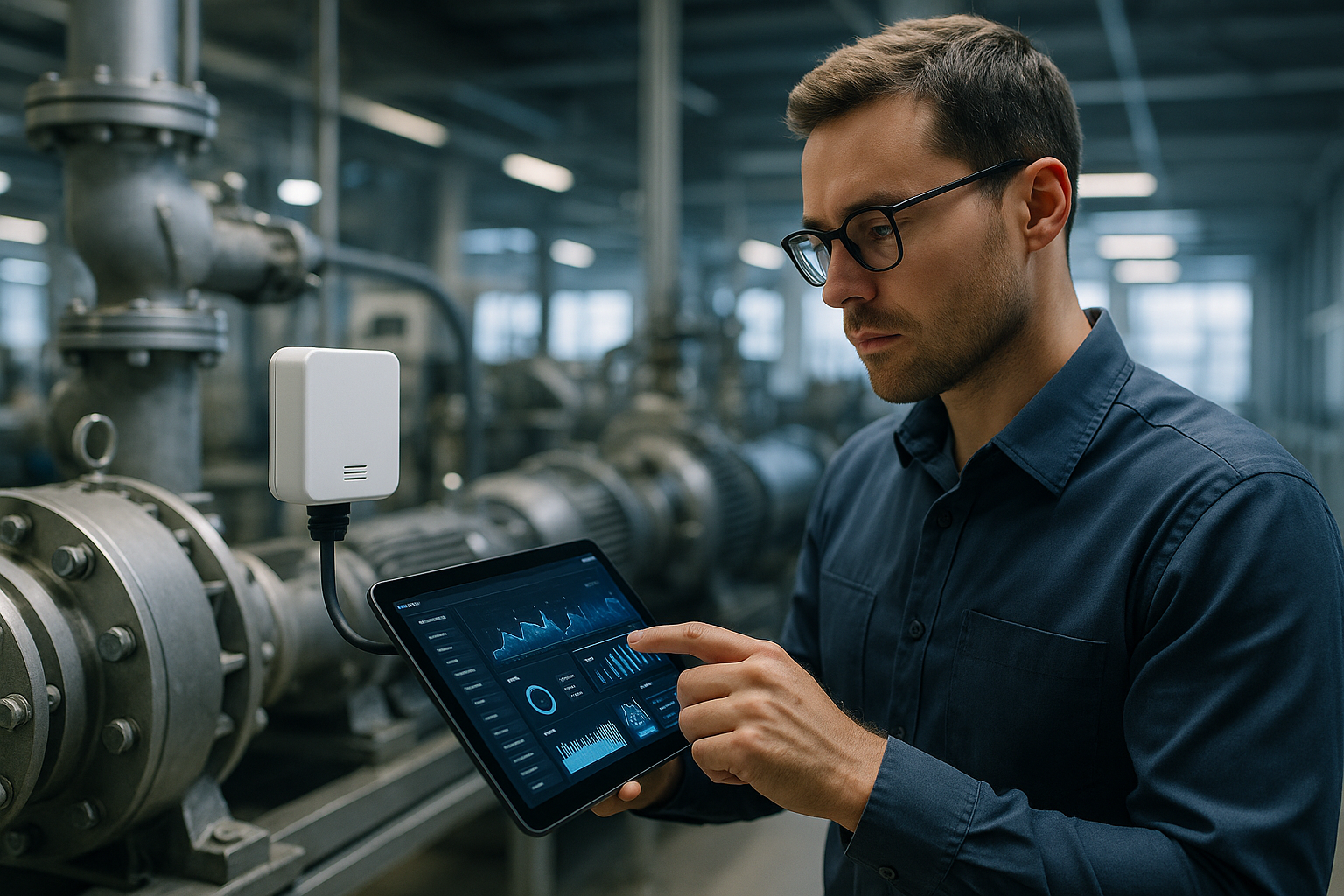Pressure Transient Analysis for Pinpointing Underground Breaches
Pressure transient analysis examines short-term changes in pipeline pressure to identify the presence and approximate location of underground breaches. By capturing how pressure waves propagate after a flow disturbance, technicians can combine data from sensors, acoustics, and analytics to narrow search areas and prioritize noninvasive diagnostics.

Acoustics and ultrasonics in leak localization
Acoustic and ultrasonic methods detect the sound and vibration signatures produced by escaping fluids. High-sensitivity sensors convert mechanical energy into signals that can be analyzed alongside pressure transients to confirm a breach. Acoustics excel at detecting continuous flow noise, while ultrasonics can identify transient events such as sudden pressure releases. Used together, these techniques improve localization accuracy by correlating the timing and amplitude of signals across multiple sensors placed along a pipeline.
Pressure analytics and transient diagnostics
Pressure transient analysis relies on measuring how rapid changes—valve closures, pump starts, or sudden outflow—propagate through a pipeline. Analytics interpret the timing, decay, and reflection patterns of pressure waves to estimate distance to an anomaly. Diagnostic models account for pipe material, diameter, flow conditions, and boundary conditions to translate transient waveforms into spatial hypotheses. When combined with other diagnostics, pressure analytics provide a robust starting point for narrowing inspection zones.
Sensors, telemetry, and mapping data
A network of sensors provides the raw inputs needed for transient analysis. Pressure transducers, accelerometers, and acoustic pickups are often paired with telemetry systems that stream data to centralized platforms for processing. Mapping the sensor network architecture onto geographic or asset maps allows teams to visualize probable breach locations. Real-time telemetry helps validate transient-based predictions quickly, enabling targeted field inspections rather than broad excavations.
Thermography, infrared methods for moisture
Thermography and infrared imaging detect surface temperature anomalies caused by subsurface fluid migration or soil moisture changes. When a leak brings cooler or warmer fluids to the surface, infrared cameras can reveal subtle gradients that correspond with locations indicated by pressure transients. These noninvasive scans are useful for confirming likely sites before digging: they provide spatial context and help differentiate between pipeline-origin leaks and unrelated surface conditions like irrigation or runoff.
Noninvasive inspection for pipelines and corrosion
Noninvasive techniques reduce disruption while allowing focused evaluation of pipeline integrity. Combining pressure transient results with corrosion monitoring, inline inspection data, and external corrosion coupons gives a fuller picture of failure risk. Localization informed by transient analytics can guide targeted noninvasive tests—such as guided-wave ultrasonic inspection or surface corrosion mapping—minimizing unnecessary disturbance and improving the efficiency of repair planning.
Localization, mapping, and predictive analytics
Localization is strengthened by integrating mapping tools and predictive analytics that synthesize multisensor inputs. Geospatial mapping ties pressure, acoustic, infrared, and moisture indicators to physical coordinates. Machine learning and statistical models can improve localization by recognizing consistent signal patterns associated with specific leak types or soil conditions. Predictive analytics also support maintenance planning by estimating where corrosion or stress-induced breaches are more likely, helping prioritize inspections and resource allocation.
Practical workflow and data interpretation
A practical workflow begins with baseline sensor calibration and periodic pressure recordings to establish normal transient behavior. When an anomaly appears, teams cross-check pressure transient signatures with acoustic and ultrasonic detections, telemetry timestamps, and infrared scans. Soil moisture measurements add another layer of confirmation. Interpretation should account for confounding factors—such as operational valve activity, pump transients, or nearby construction—that can produce similar signatures. Clear documentation and versioned analytics ensure reproducibility of localization results.
Operational considerations and limitations
While pressure transient analysis is a powerful tool, its effectiveness depends on sensor density, data quality, and accurate system models. Heterogeneous pipelines, complex branching networks, or long unmonitored stretches can reduce localization precision. Environmental factors like temperature gradients and soil composition affect acoustic propagation and infrared visibility. Combining multiple methods—acoustics, ultrasonics, thermography, and moisture sensing—helps mitigate these limitations and supports more reliable diagnostics.
Conclusion
Pressure transient analysis is a practical component of a multi-method approach to identifying underground breaches. When integrated with acoustics, ultrasonics, thermography, telemetry, and targeted sensor networks, it helps narrow probable locations for further inspection. Using noninvasive techniques and mapping-driven analytics reduces unnecessary excavations and supports more efficient, data-driven maintenance strategies.






